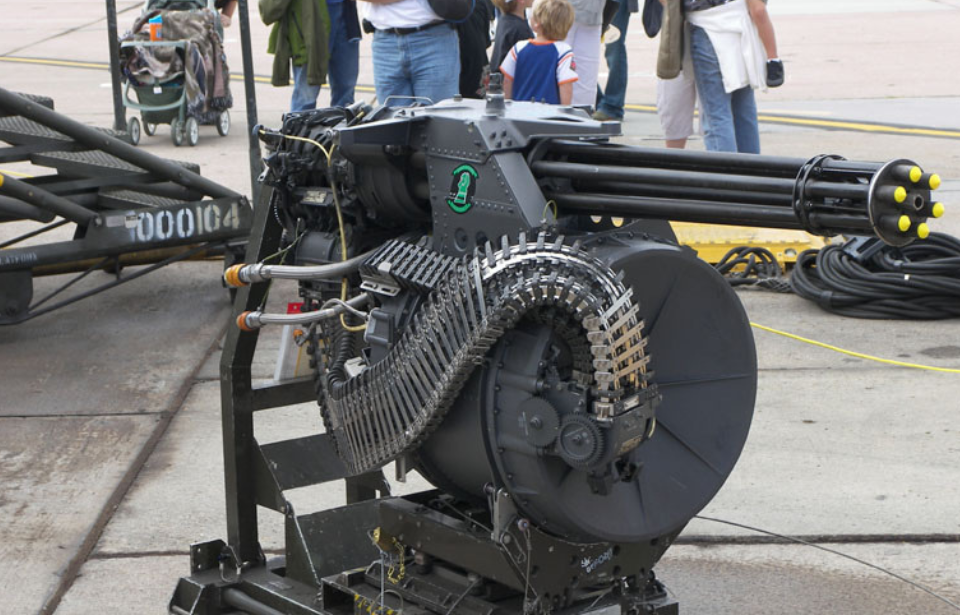There has long been a competition between countries over who can produce the best fighter jets. This was particularly fierce with the United States and the Soviet Union during the Cold War. Shortly after the Second World War came to an end, the US military was on the lookout for a gun that could shoot down the latest fighter aircraft. The result: the M61 Vulcan rotary cannon.
Fighter aircraft were rapidly advancing
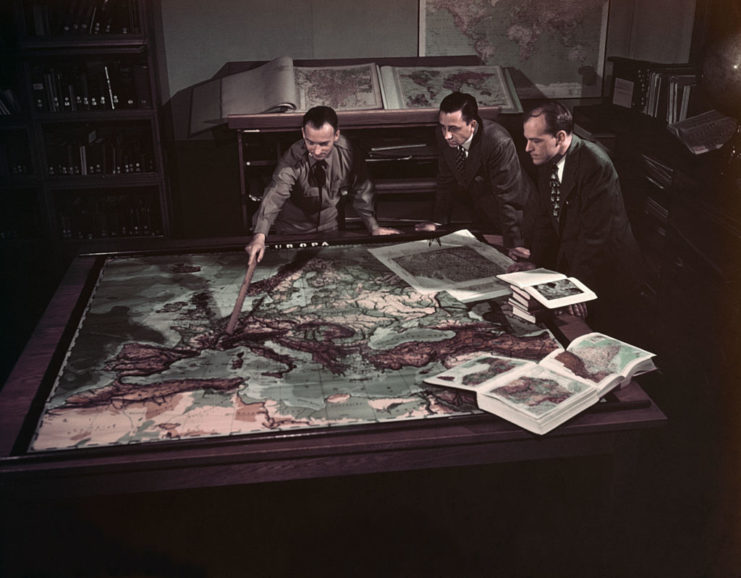
In February 1947, the Paris Peace Treaties were signed, which decided war reparations and territory boundaries following the Second World War. However, the worries for the US military didn’t end. Less than a month later, the country entered into the Cold War with the USSR. As a result, there was a constant push to improve the country’s weaponry.
World War II saw increased fighting between aircraft, and these fighters had become so fast that a higher volume of fire was needed to take down opposing pilots. The US Air Force reached out to contractors, asking them to come up with a new gun to effectively take on enemy aircraft.
The Armament Division of General Electric didn’t create something new – it came back with a new idea for an old weapon.
An old idea made new
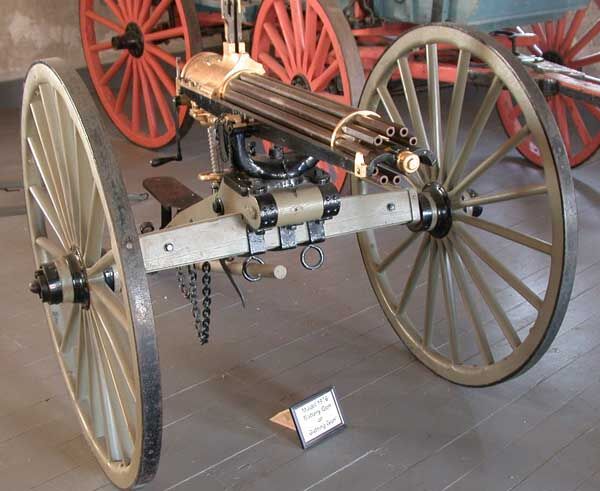
General Electric suggested using a Gatling gun mounted onto aircraft. The multi-barrel firearm, designed by Richard James Gatling, was considered the world’s first successful machine gun, but had fallen out of favor, as it was heavy and cranked by an operator.
The increased technology in aircraft meant Gatling guns could now be powered through electricity. In addition to convenience, this form of operation was more reliable than gas reloading. Calling the development Project Vulcan, the US military tasked General Electric with creating a rotary cannon that was capable of firing rounds at a very high rate of speed.
The M61 Vulcan was designed for rapid-fire use
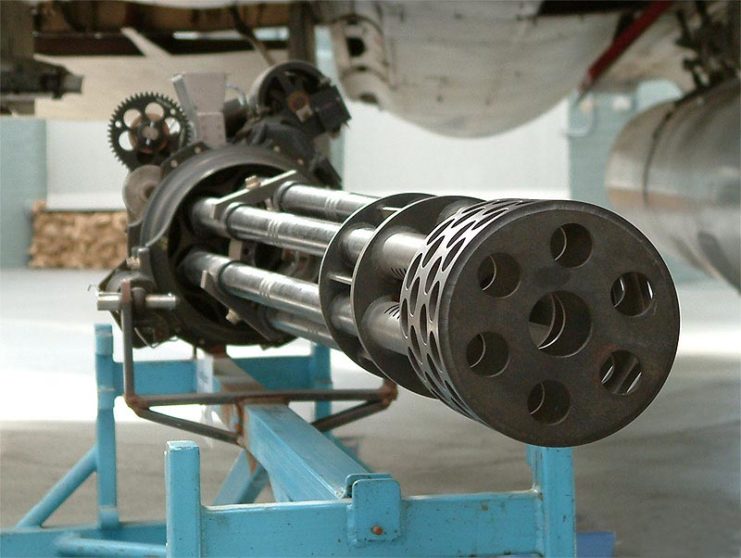
Called the M61 Vulcan, the final iteration of the weapon uses the 20 x 102 mm cartridge and is hydraulically operated, though it initially used linked ammunition. With an effective range of around 600 meters, it fires its rounds as the barrel cluster rotates. This allows it to shoot an incredible number of rounds in rapid succession.
Not only is it capable of firing 100 rounds per second, equalling 6,000 per minute, it’s also remarkably reliable. According to reports, it’s likely to jam or fail only once every 10,000 rounds. With this incredible rate of fire, measures had to be taken with ammunition. Aircraft on which the M61 would be mounted could only carry so much, so pilots needed a way to control how much was used. General Electric solved this problem by adding a burst controller.
Use of the M61 Vulcan during the Vietnam War
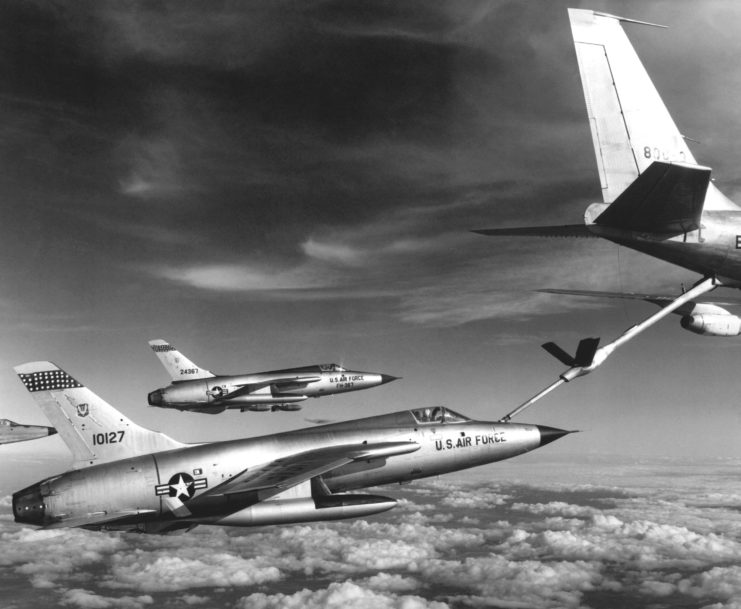
While work on the the M61 Vulcan began in the 1940s, the rotary cannon didn’t see use in combat until 1965, during the Vietnam War. Their first engagement came when Vietnamese-flown MiG-17s came into contact with M61-armed Republic F-105 Thunderchiefs and a force of 10 North American F-100 Super Sabres. Fire was exchanged, and when all was said and done, three MiGs and two F-105s had been shot down.
The first confirmed kill by an M61 occurred in 1966 and was credited to Maj. Fred Tracy, who was flying in a dogfight against an MiG. Variations of the weapon were later added to LTV A-7 Corsair IIs, McDonnell Douglas F-4E Phantom IIs, Lockheed AC-130s and General Dynamics F-111 Aardvarks, among a number of other aircraft.
The M61 Vulcan is still in use today
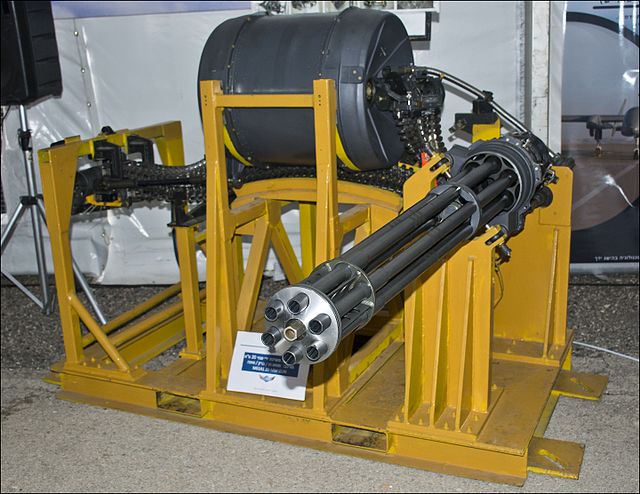
Much has changed about the M61 Vulcan’s ownership. General Electric sold off its Armament Division to the Martin Marietta Corporation, which later merged with Lockheed Martin. Lockheed was later acquired by General Dynamics, who is in control of the M61 today.
More from us: Bren Light Machine Gun: The British Weapon That Featured Heavily in North Africa
Following Vietnam, new fighters built by the US had the M61 built internally. Today, modifications can be found on US Navy and Air Force aircraft, tanks and helicopters. The Lockheed Martin F-22 Raptor, for example, features a model with thinner barrels, to reduce its weight.
The US has also provided the M61 to some of its allies, such as South Korea and Saudi Arabia. A percentage of NATO nations also use the rotary cannon.
